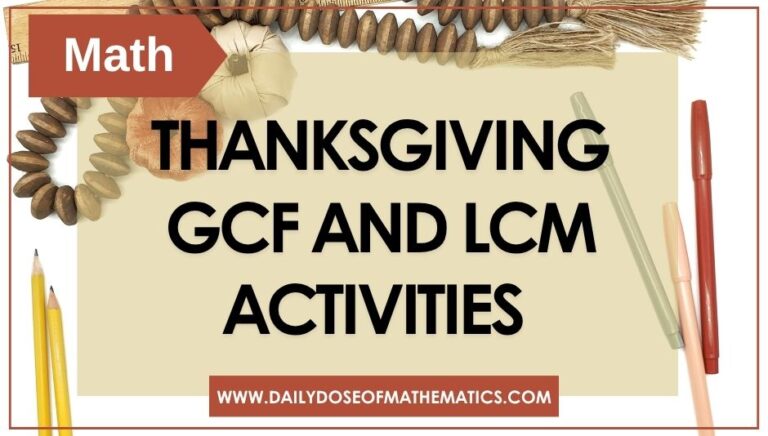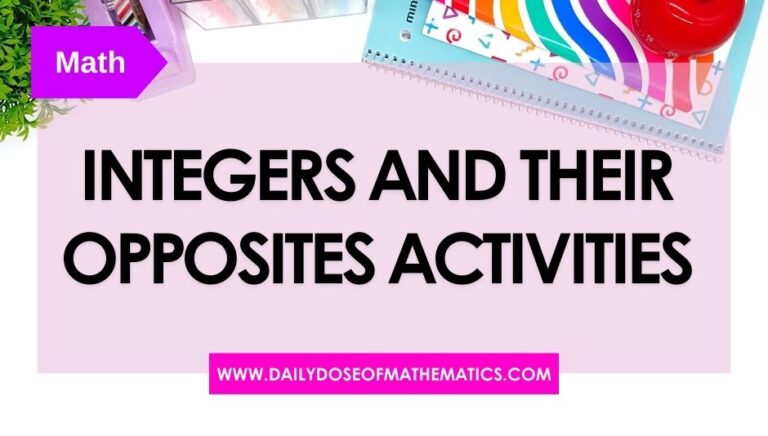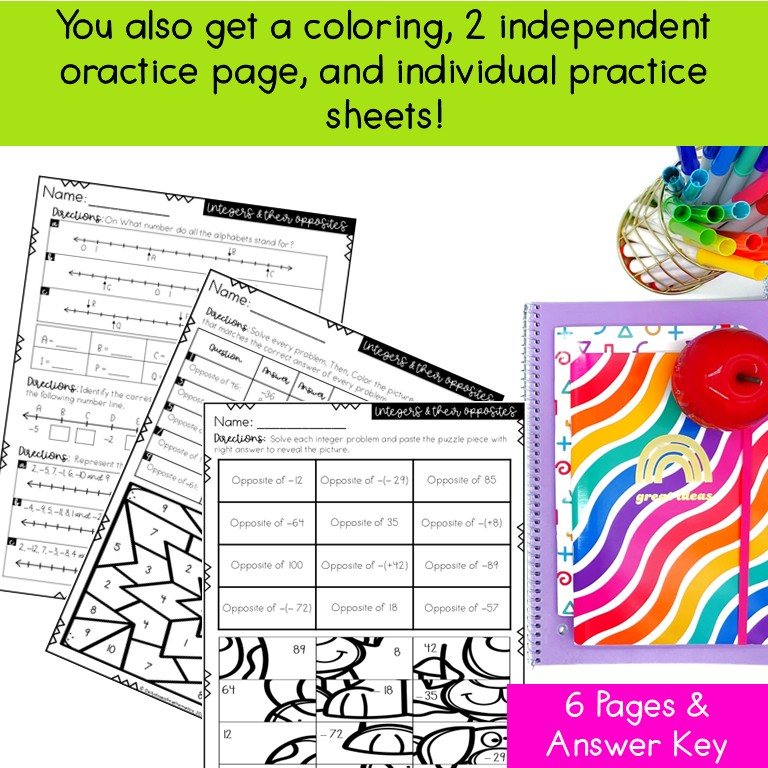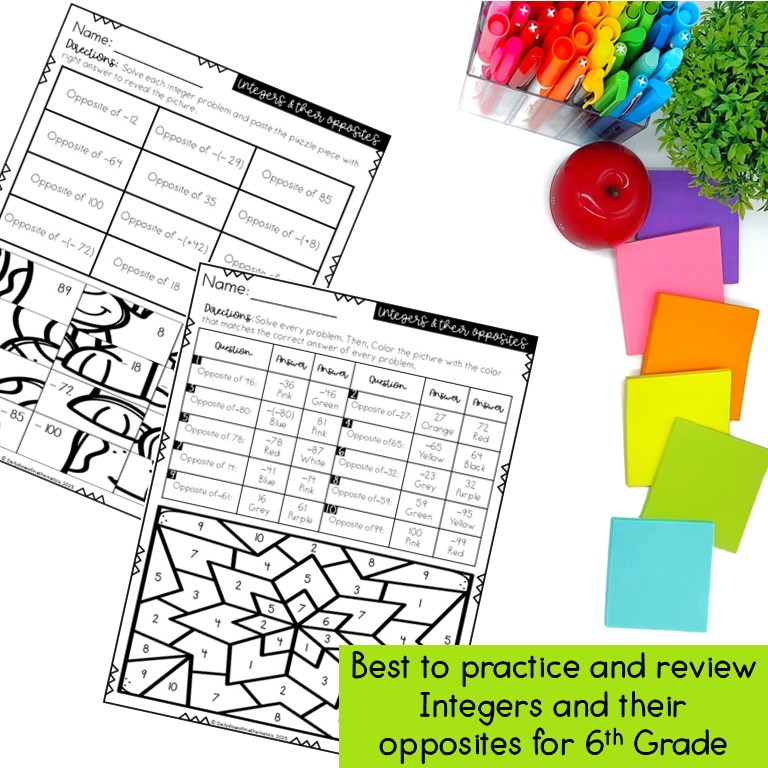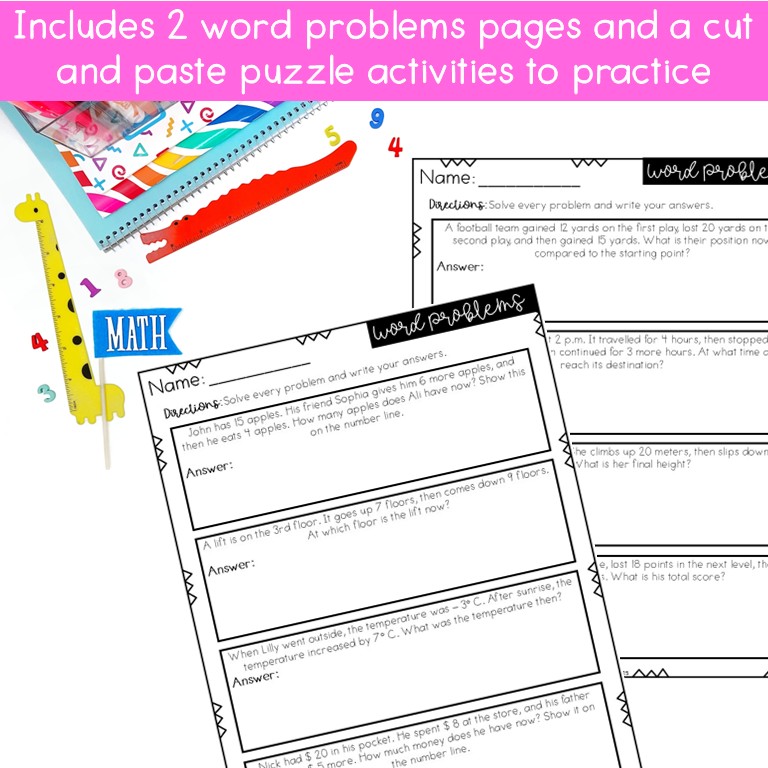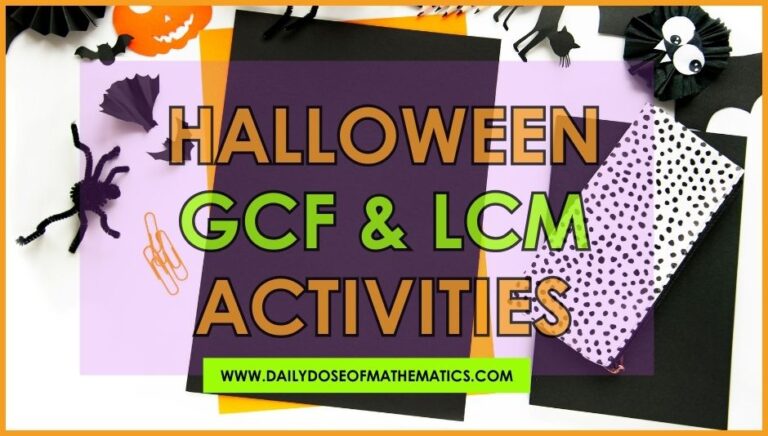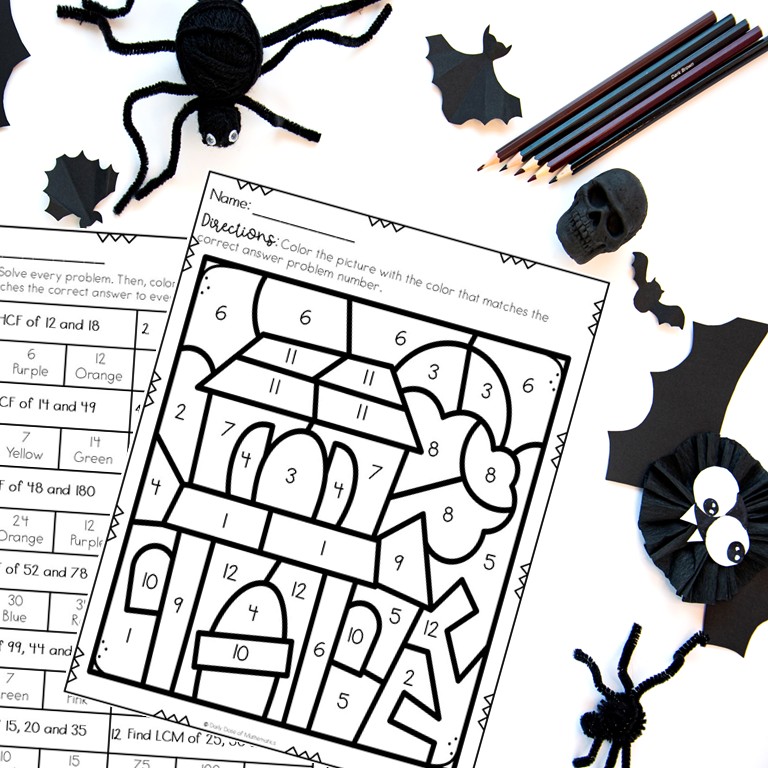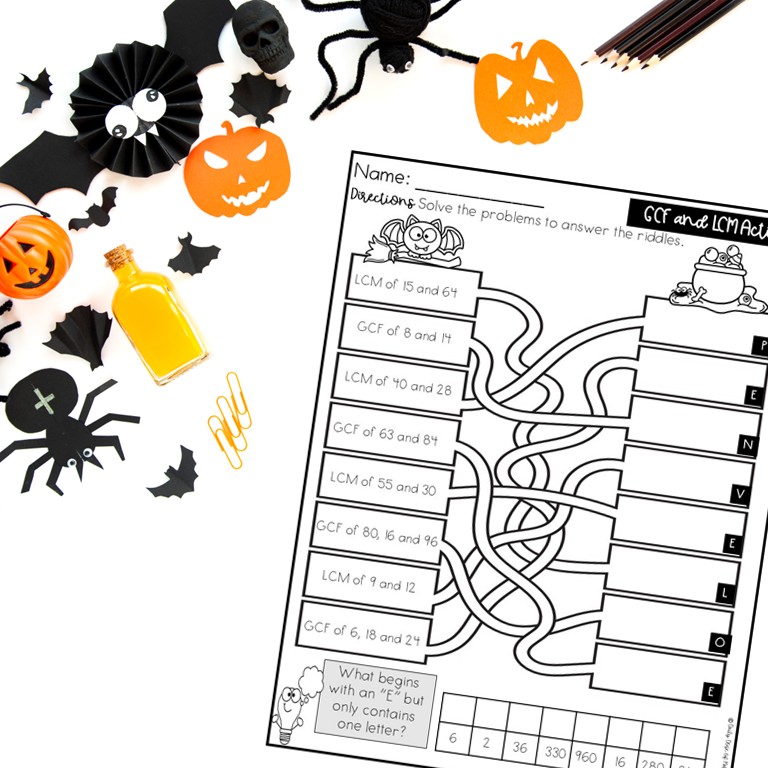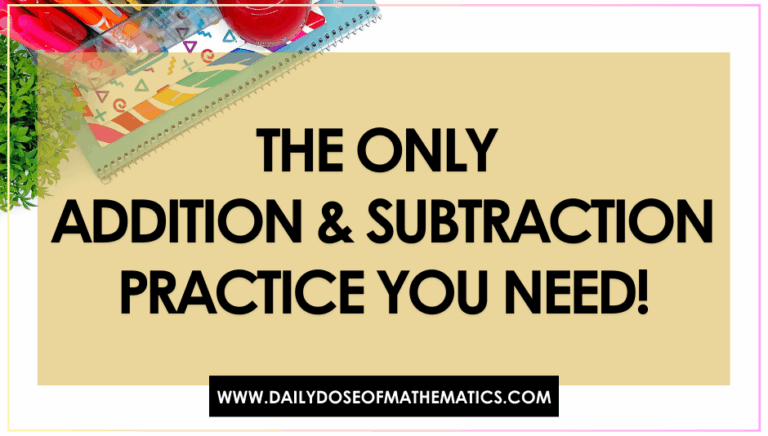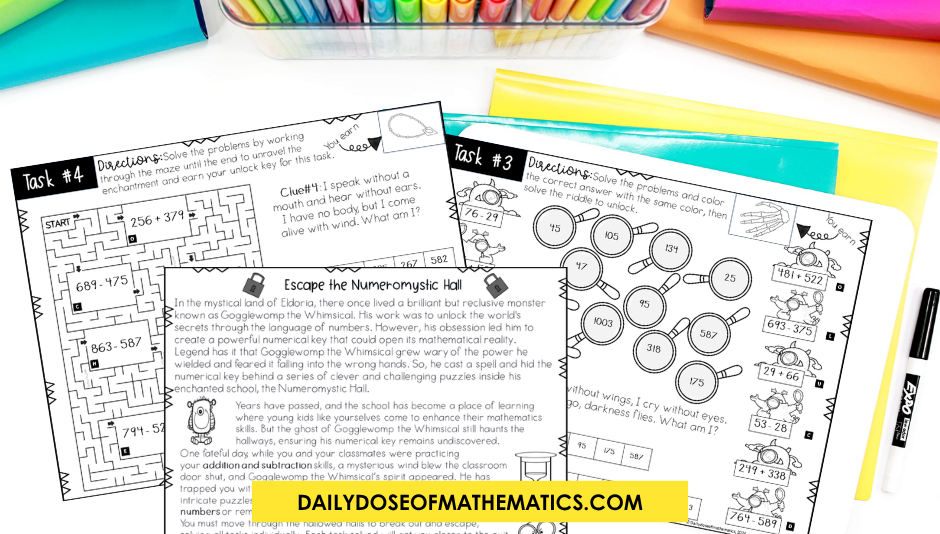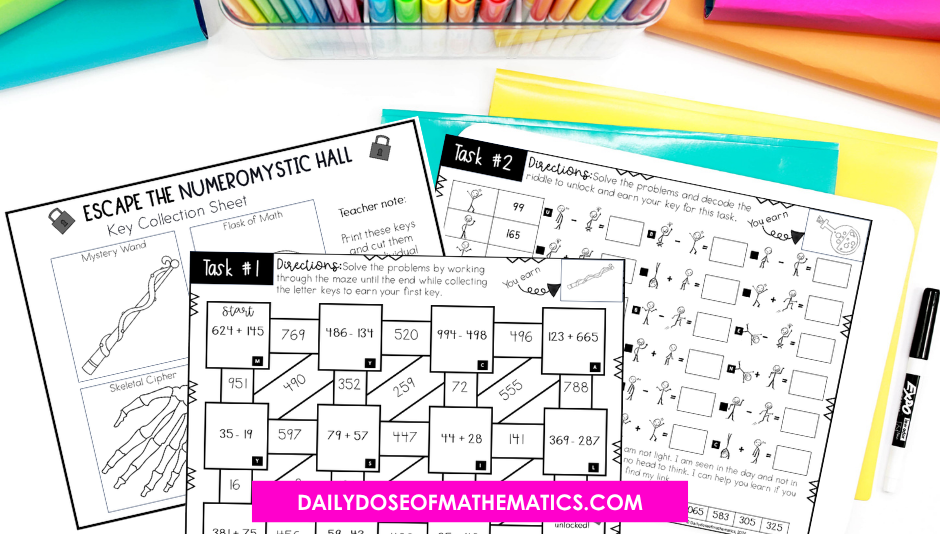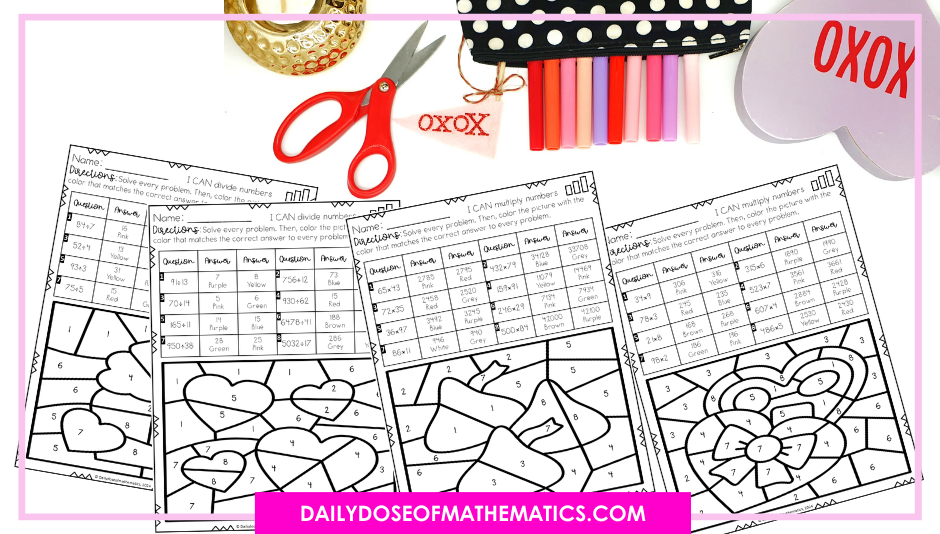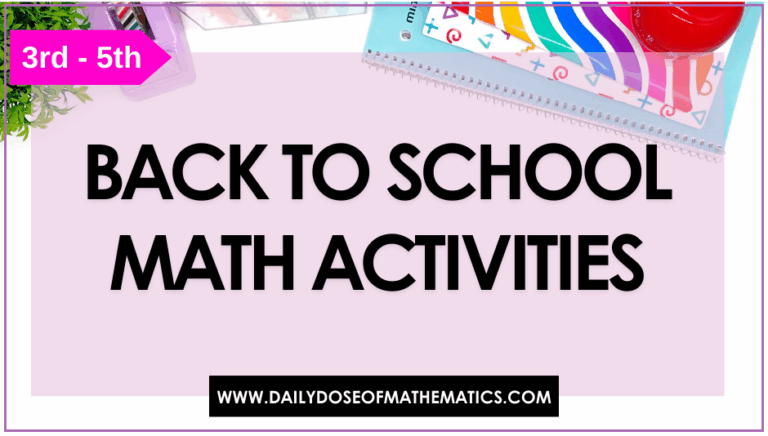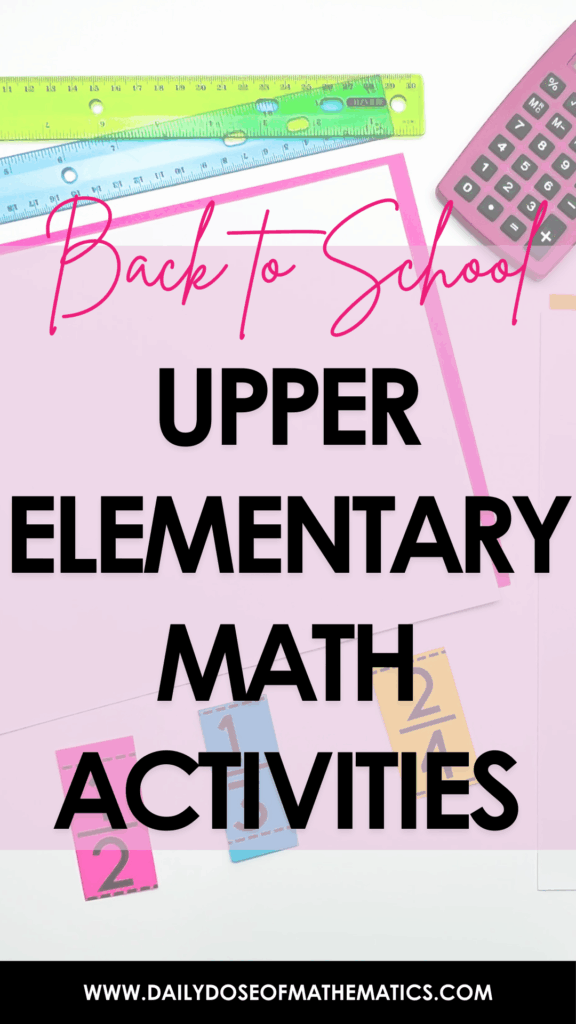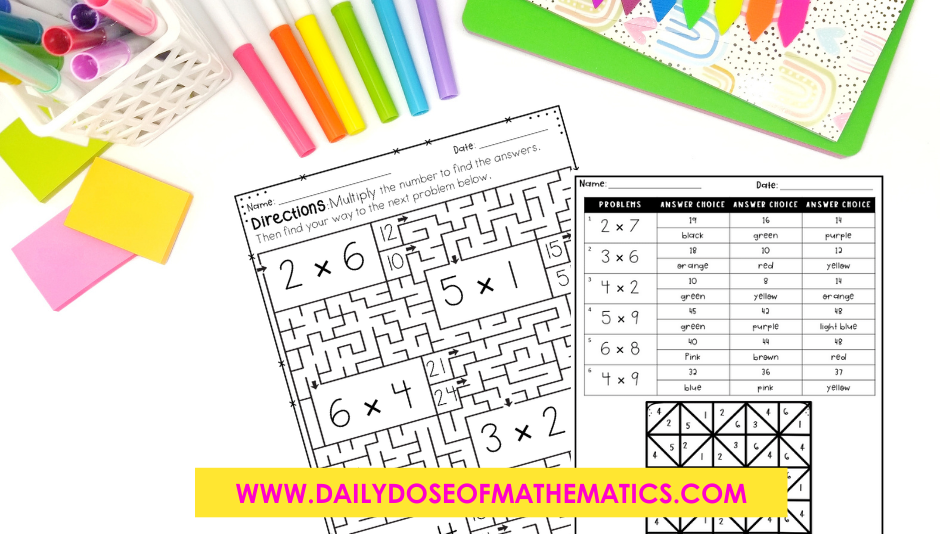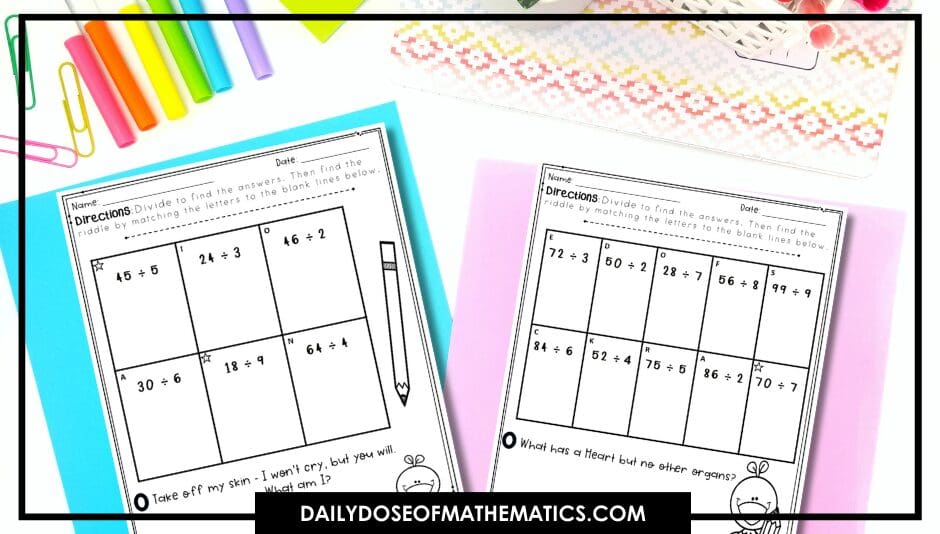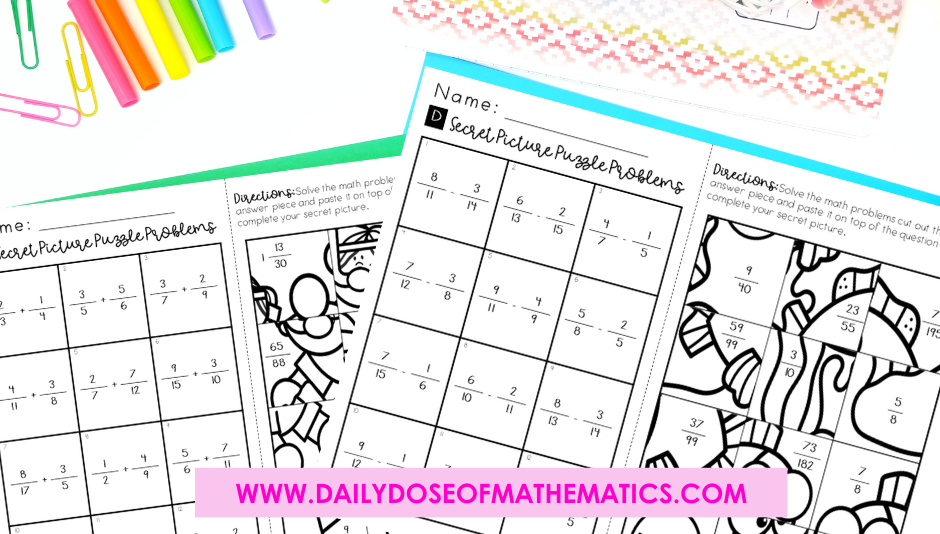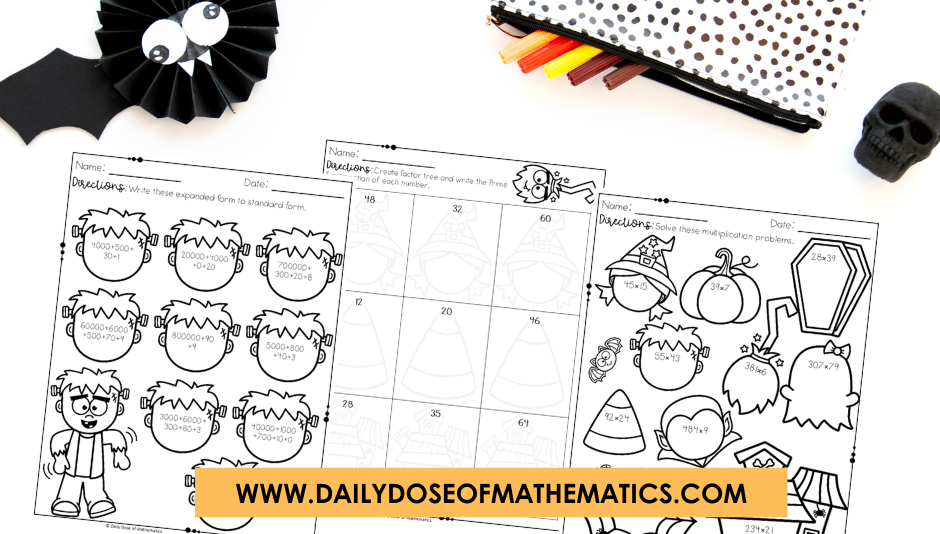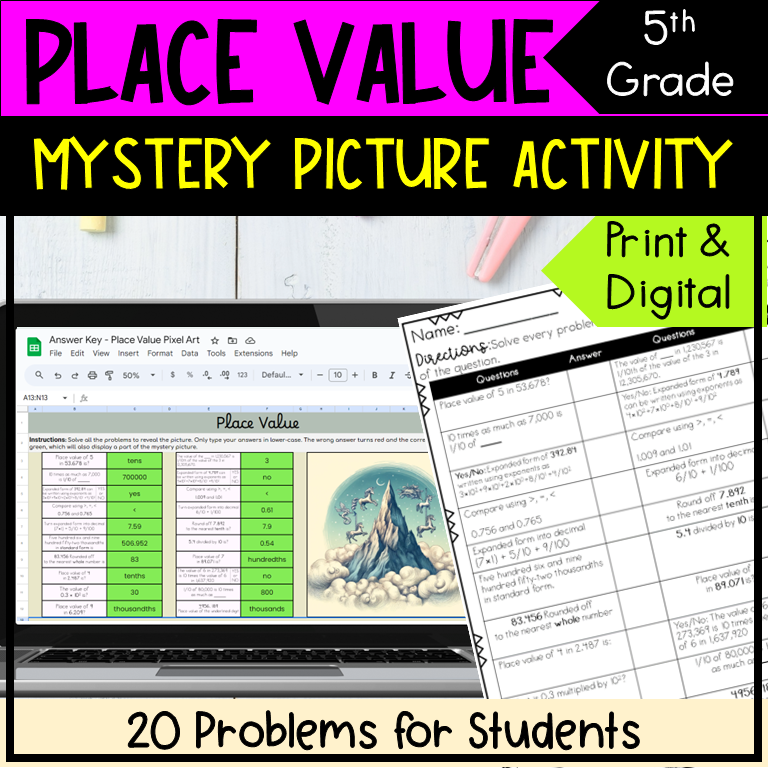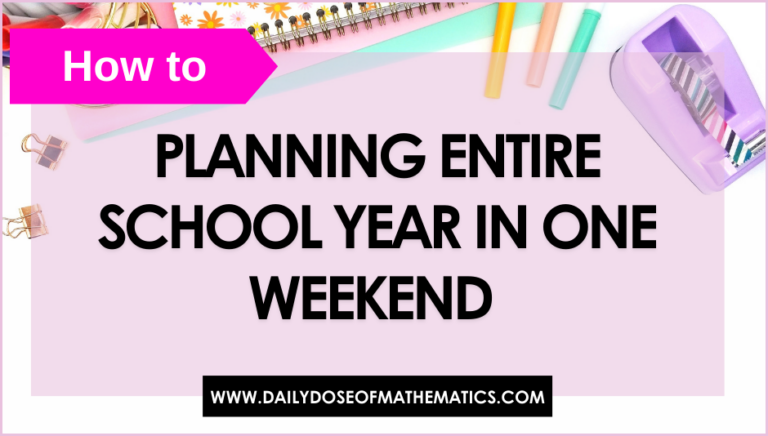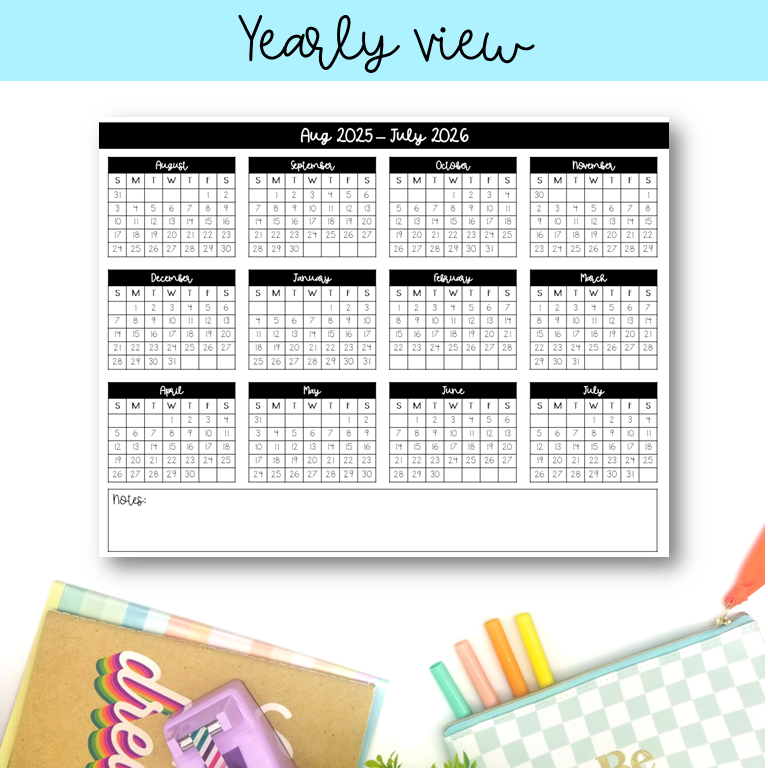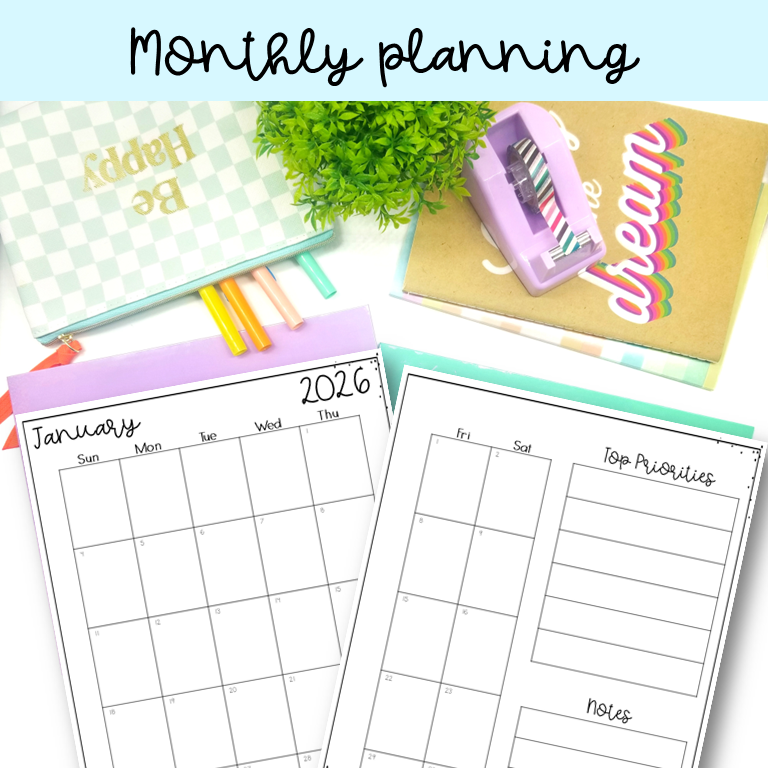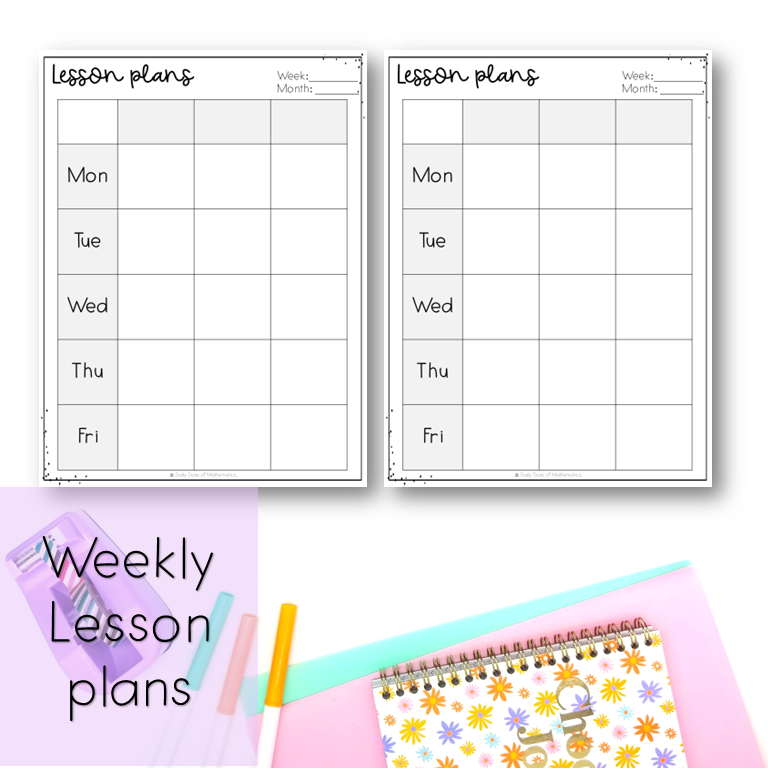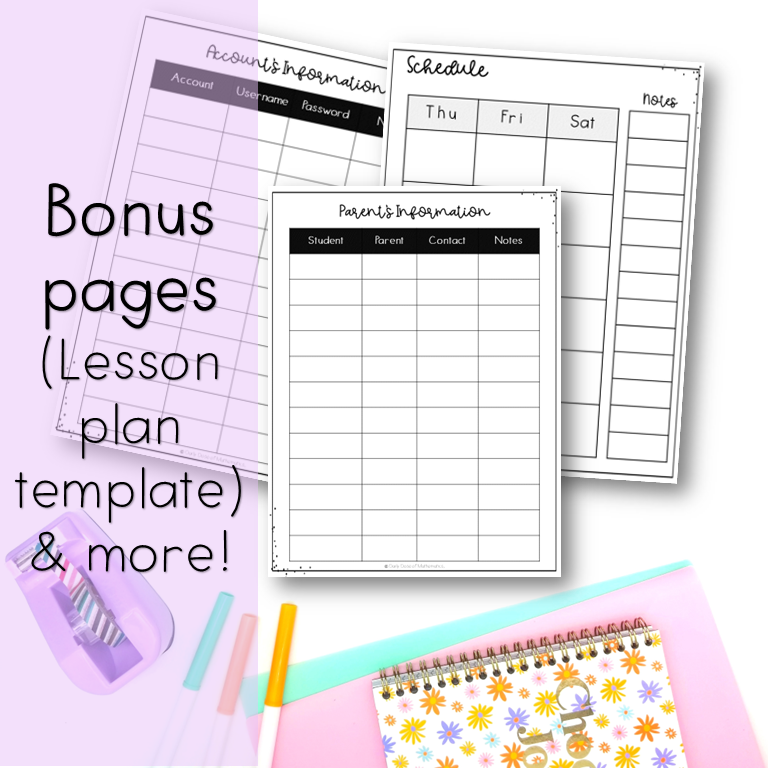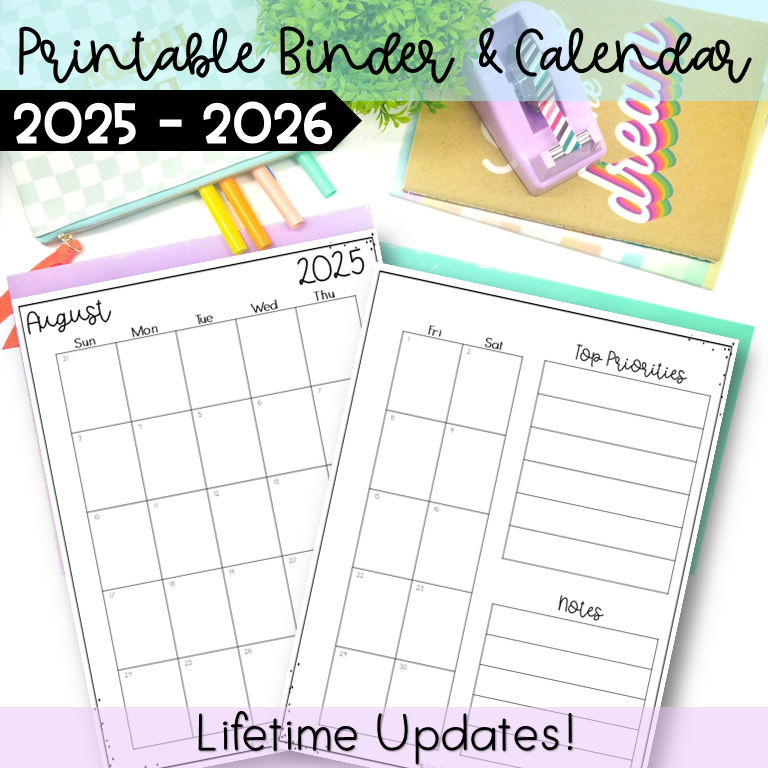Keep Students Engaged with These Thanksgiving GCF and LCM Worksheets (Includes Answers!)
The week before Thanksgiving is pure chaos in most middle school classrooms.
Students are hyped about the holidays, focus levels drop, and teachers (yes, you!) are juggling lesson plans, grading, and trying to keep the class calm.
That’s where seasonal resources come in.
Thanksgiving GCF and LCM worksheets with answers aren’t just a cute idea they’re a strategic teaching tool.
They combine review and engagement so your students practice key math concepts without tuning out.
In this post, we’ll walk through what GCF and LCM are (with examples), why themed math activities work so well, and where you can grab high-quality Thanksgiving worksheets that save you time. But before that let’s first try to answer:
What Is GCF and LCM (with Example)?
Before diving into Thanksgiving math fun for 6th grade math, let’s make sure we’re all on the same page, especially if you’re prepping sub plans or review material for your students.

Thanksgiving GCF and LCM Worksheets and Activities Grade 6 PDF 1
Thanksgiving GCF and LCM Worksheets and Activities Grade 6 PDF 1
GCF stands for Greatest Common Factor.
It’s the largest number that divides evenly into two or more numbers.
LCM stands for Least Common Multiple.
It’s the smallest multiple that two or more numbers share.
For example:
Let’s find the GCF and LCM of 27 and 45.
Step 1: List the factors.
- Factors of 27 → 1, 3, 9, 27
- Factors of 45 → 1, 3, 5, 9, 15, 45
and here GCF = 9, because it’s the largest number both have in common.
Step 2: List the multiples.
- Multiples of 27 → 27, 54, 81, 108, 135, …
- Multiples of 45 → 45, 90, 135, …
Therefore, LCM = 135, because it’s the smallest number both share.
When students practice this repeatedly, they start to recognize patterns and that’s exactly what this Thanksgiving GCF and LCM worksheets with answers help reinforce.
Why Use Themed Math Worksheets Around Thanksgiving?
Because engagement matters.

When math review looks like just another worksheet, students mentally check out.
But throw in a Thanksgiving theme a turkey to color, a riddle to solve, or a math puzzle with a seasonal twist, and suddenly, they’re in it.
These worksheets focus on multiple learning styles at once:
- Visual learners connect with coloring and design-based activities.
- Hands-on learners enjoy puzzles and cut-and-paste components.
- Auditory learners can explain their reasoning as they check answers with peers.
Plus, when the activities include built-in answer keys, it saves you (and your sub) valuable grading time.
Inside the Thanksgiving GCF and LCM Worksheets
If you’ve been searching for a no-prep, ready-to-go way to review factors and multiples, this set is exactly what you need.
Here’s what’s inside:
- Engaging coloring activities that make abstract concepts visual.
- Riddles and puzzles that apply GCF and LCM to real-world-style problems.
- Cut-and-paste practice for reinforcing math patterns.
- Answer keys included for quick grading and student self-checking.
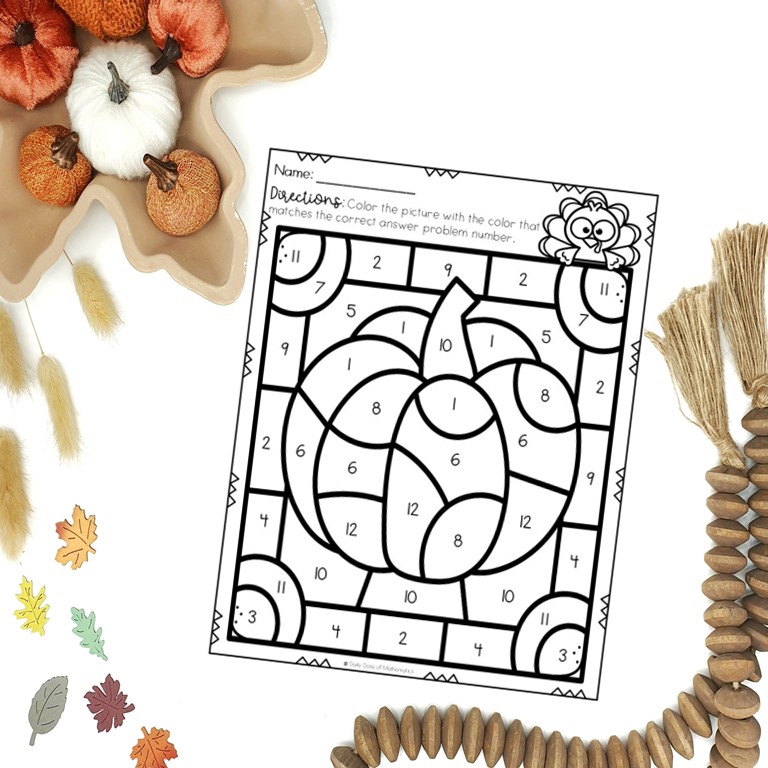
Check out these Thanksgiving GCF and LCM worksheets with answers pdf and make your pre-break lessons actually enjoyable.
Honestly themed math lessons don’t have to be fluff.
Done right, they can reinforce real math skills and give you a breather during the busiest time of the semester.
So the next time you hear, “Do we have to do math today?”, you can smile and say, “Yup but it’s Thanksgiving style!”
Your students stay engaged, you stay sane, and everyone wins.
Check out Thanksgiving GCF and LCM worksheets pdf with answers and make this year’s holiday math review something your class actually looks forward to.

